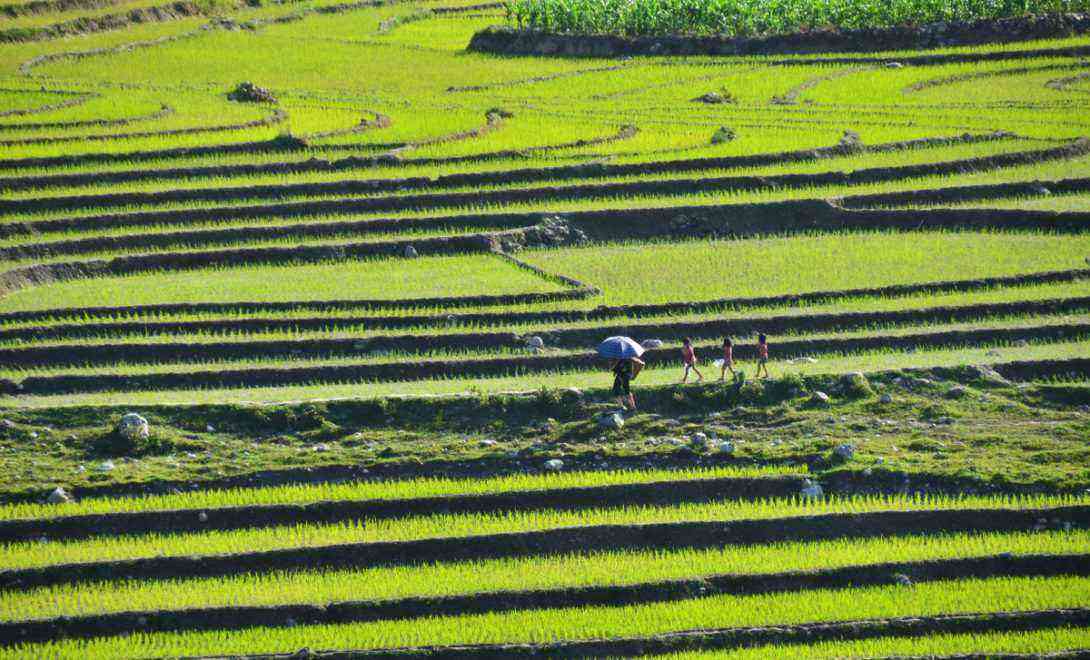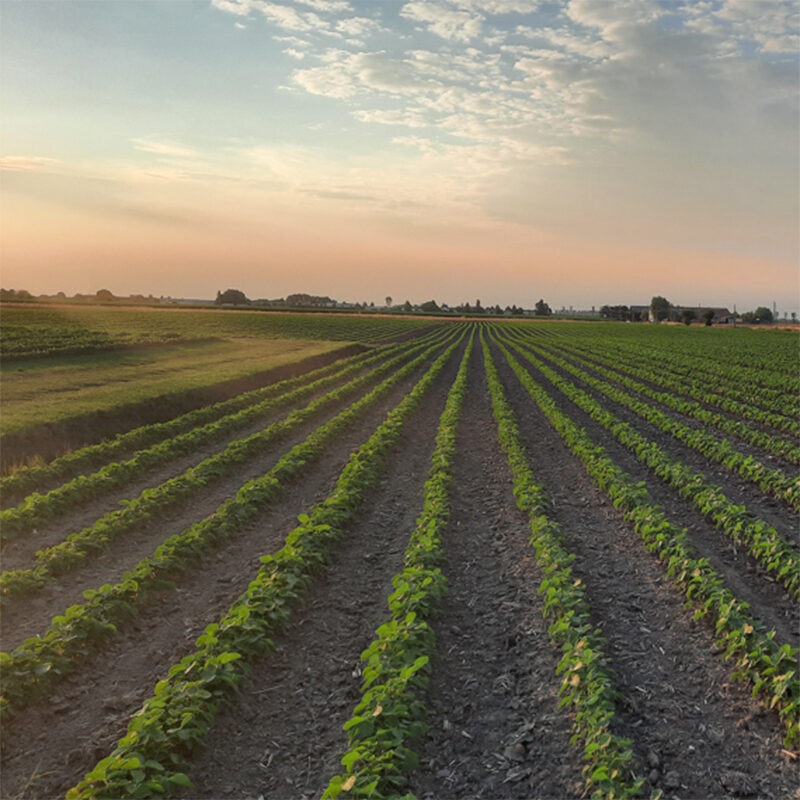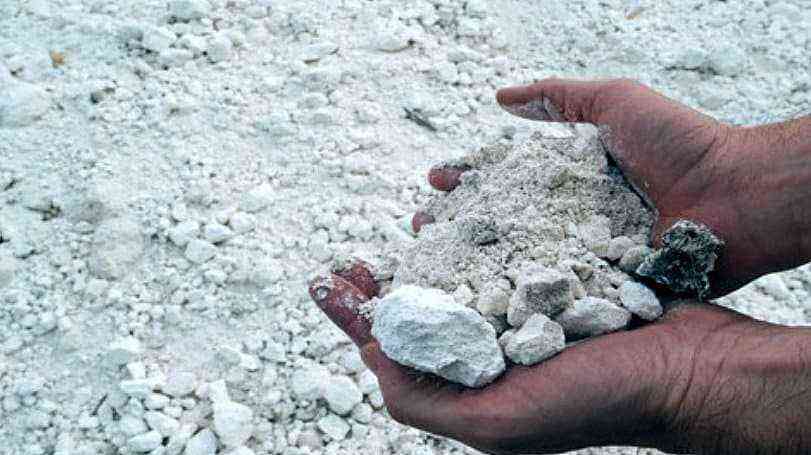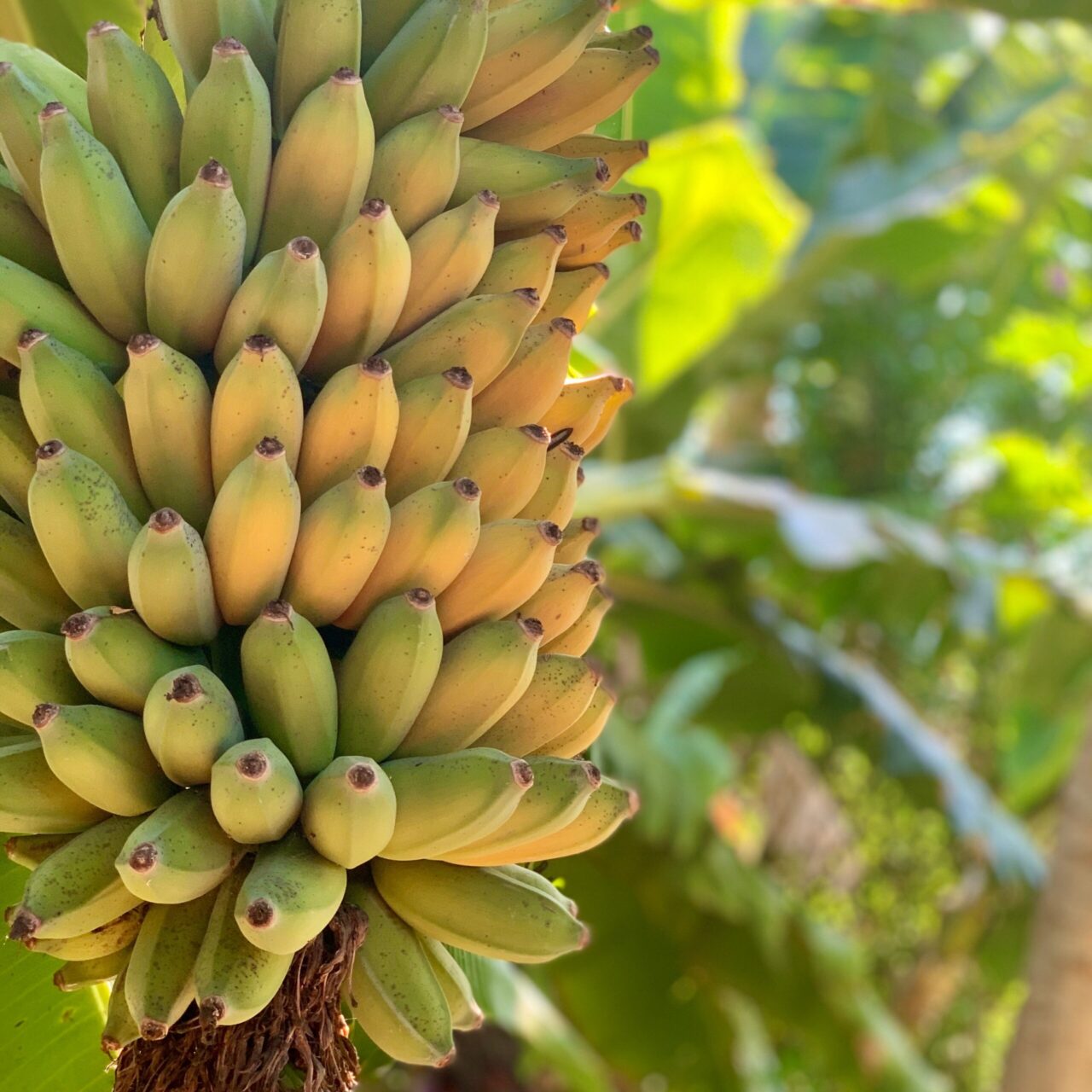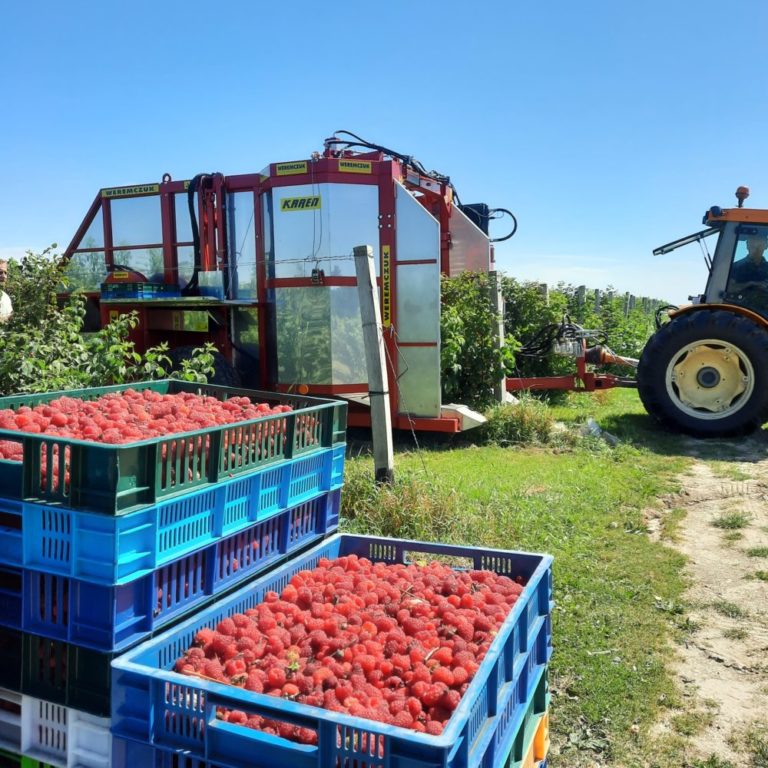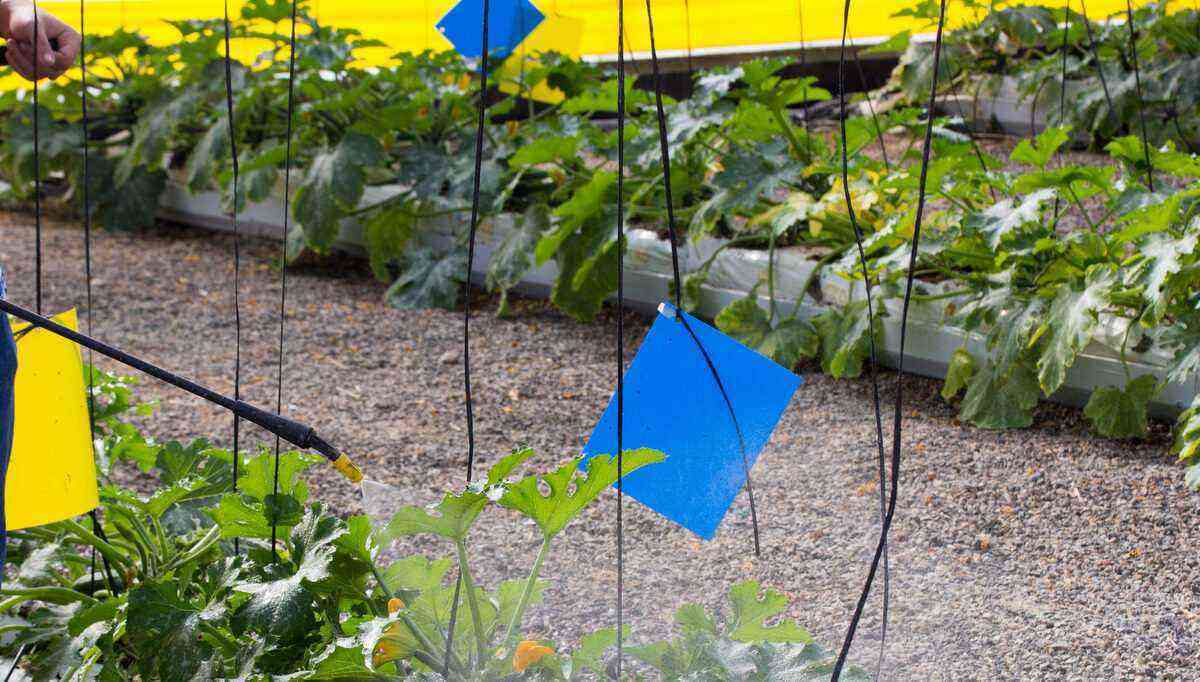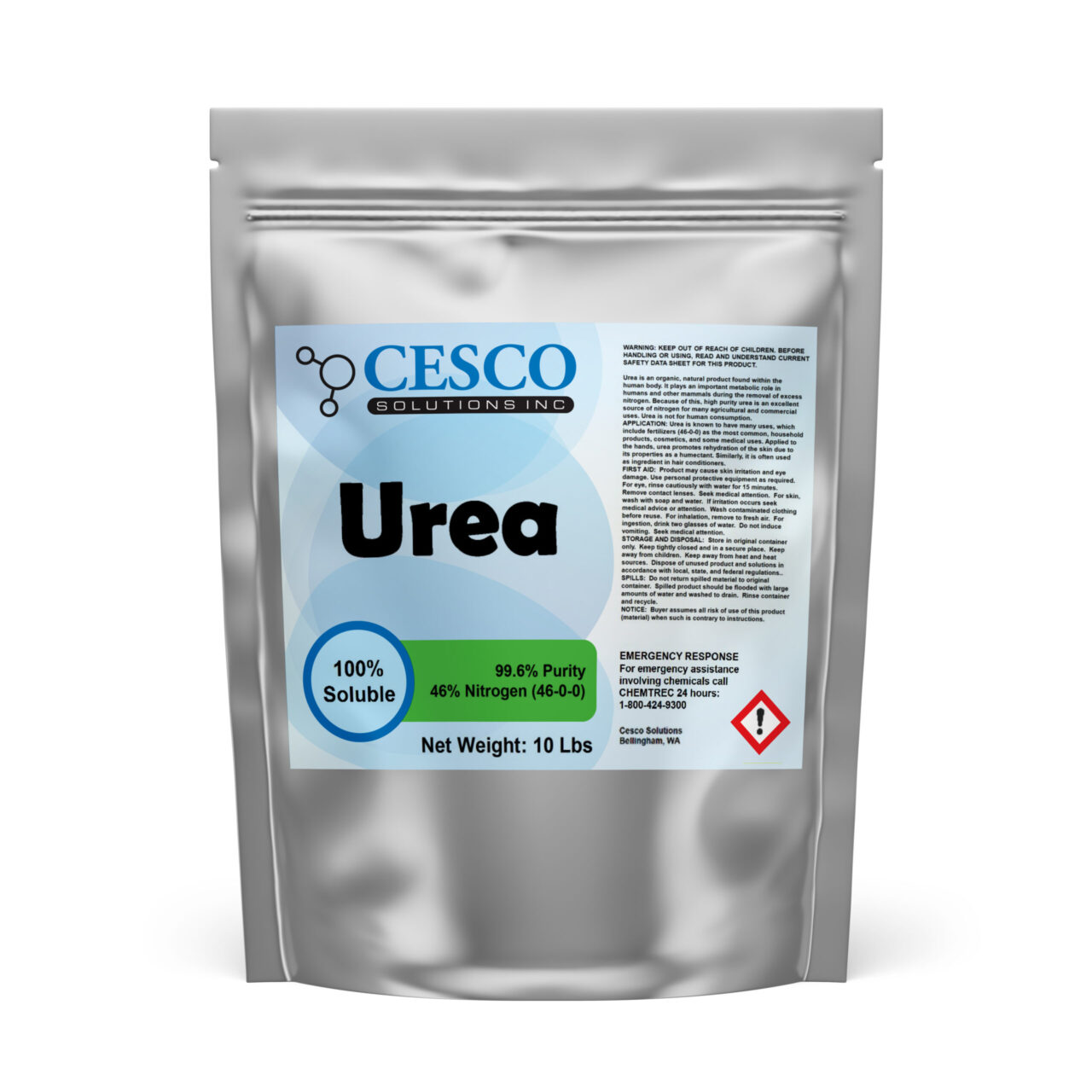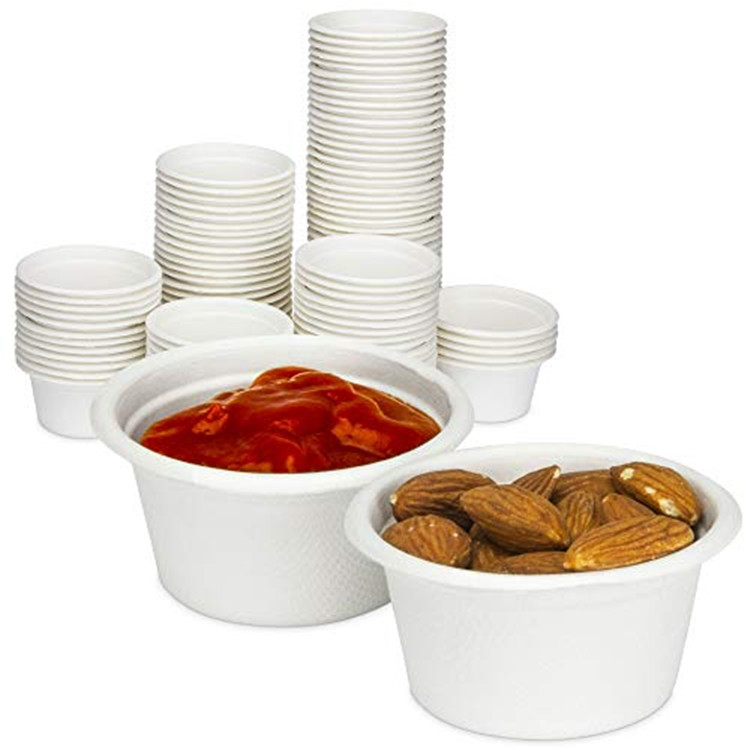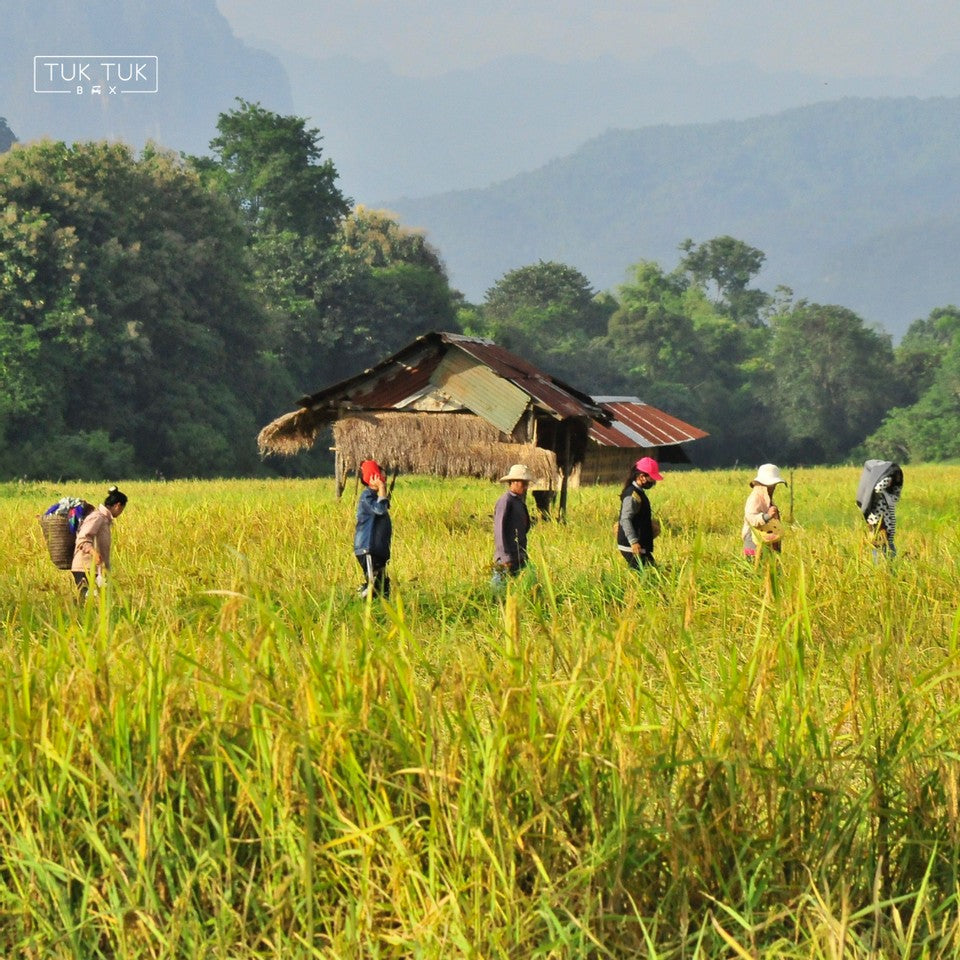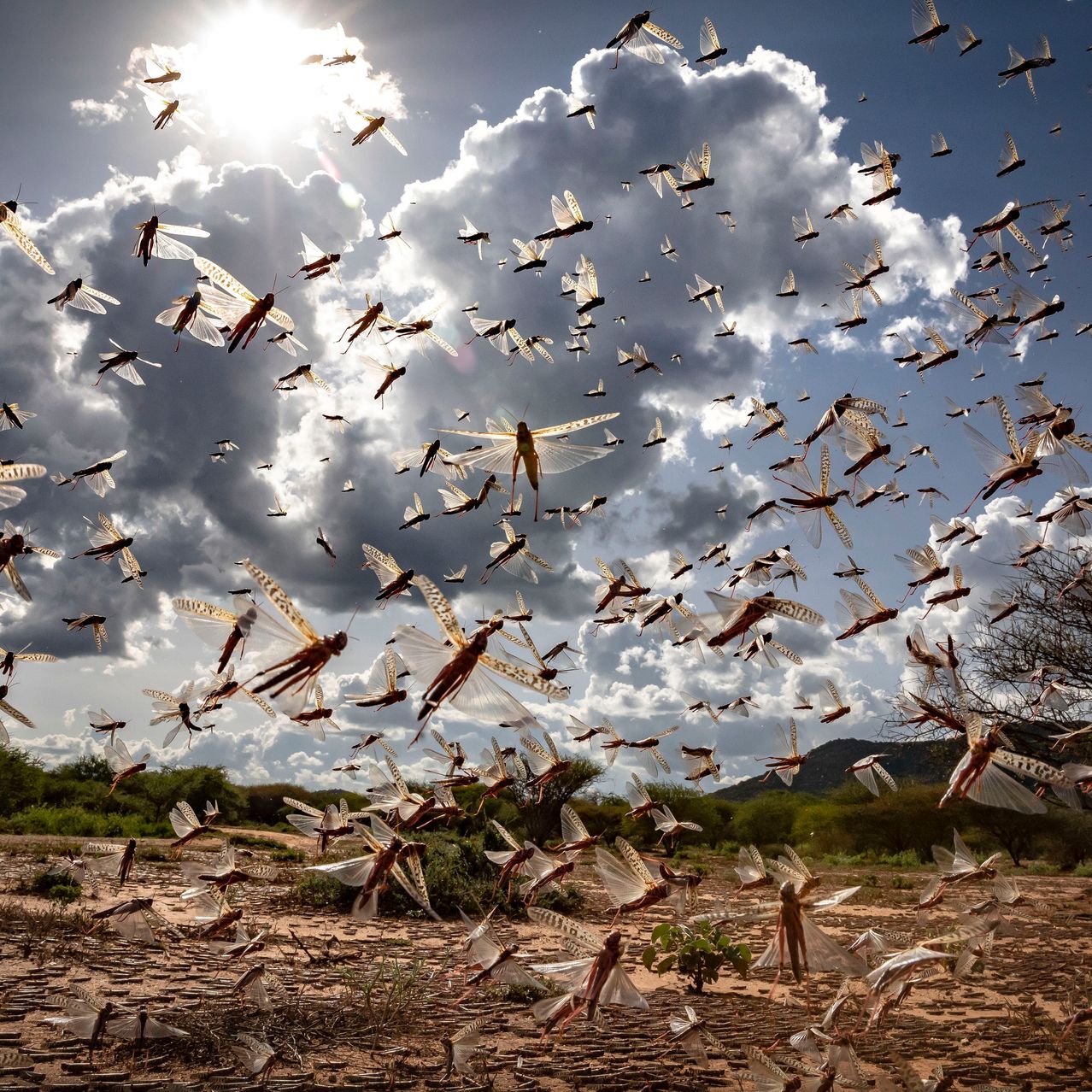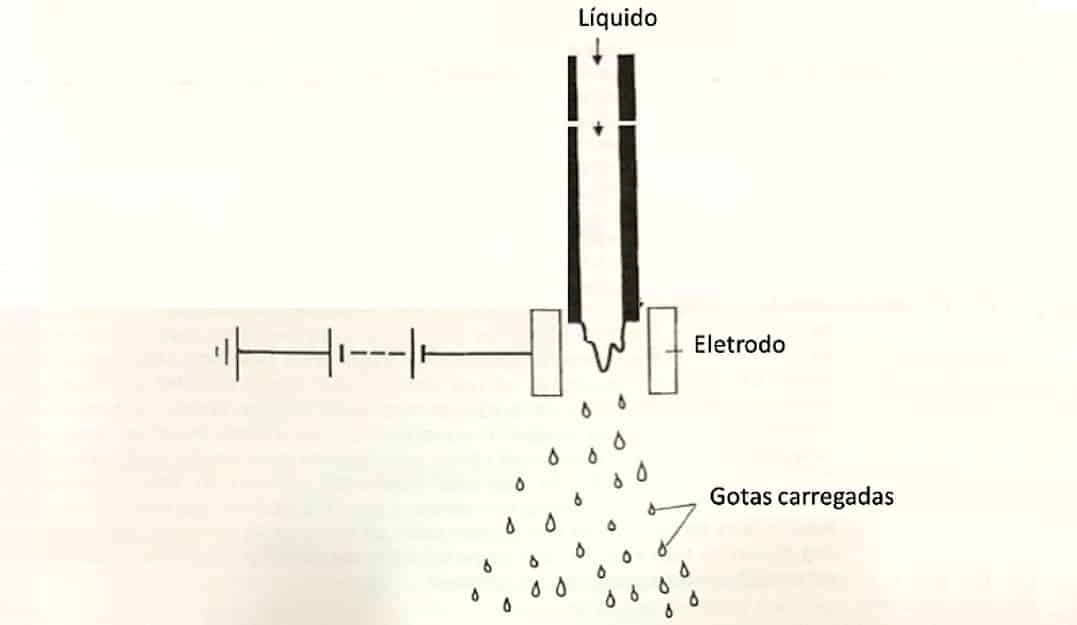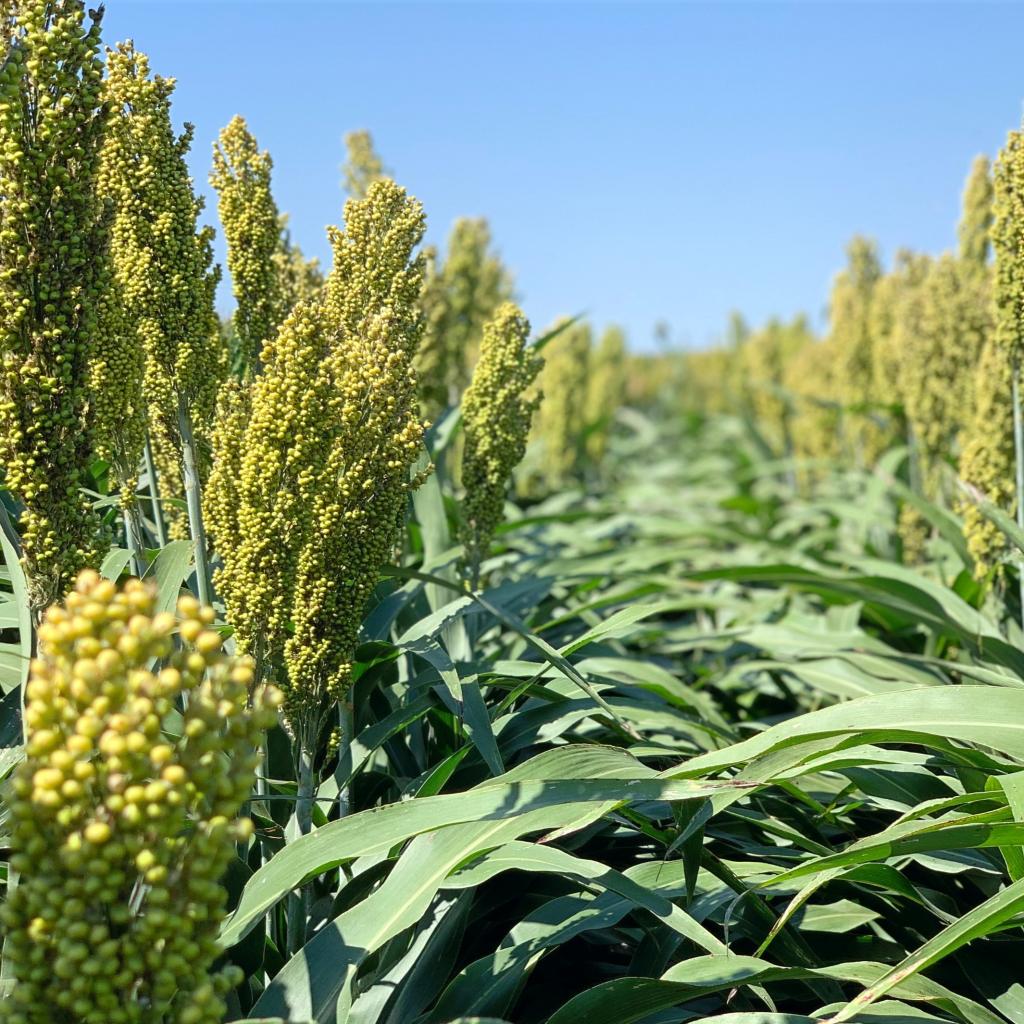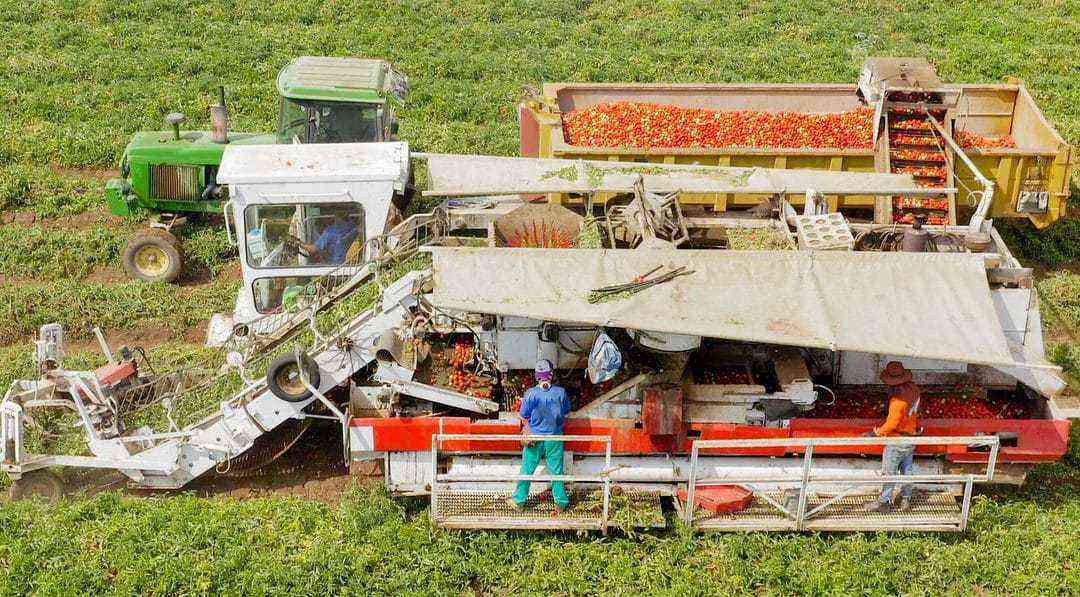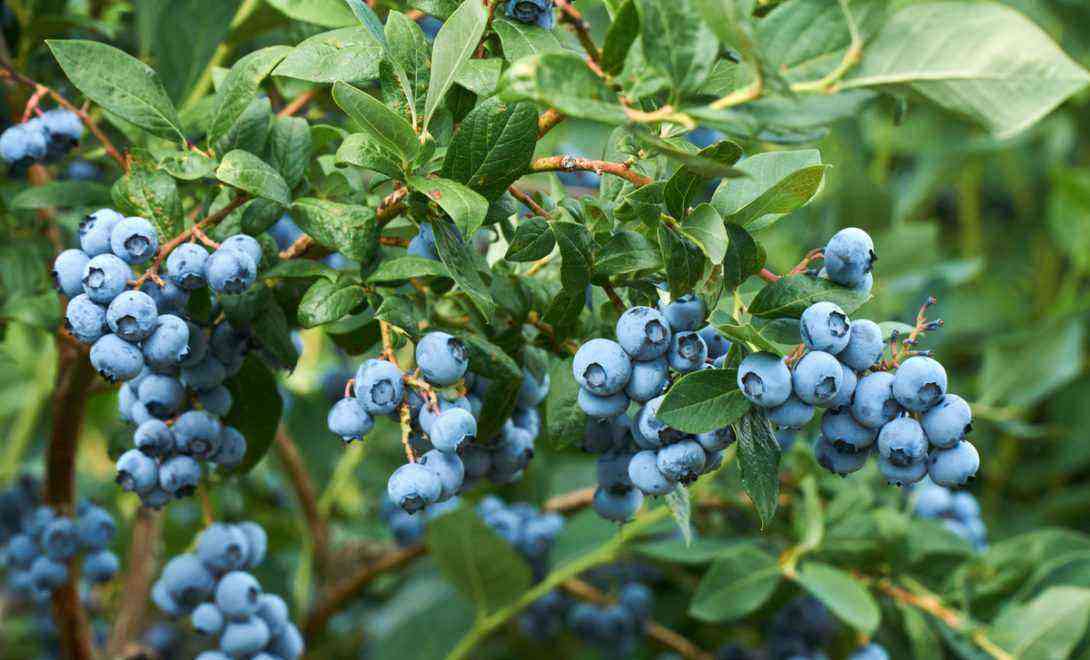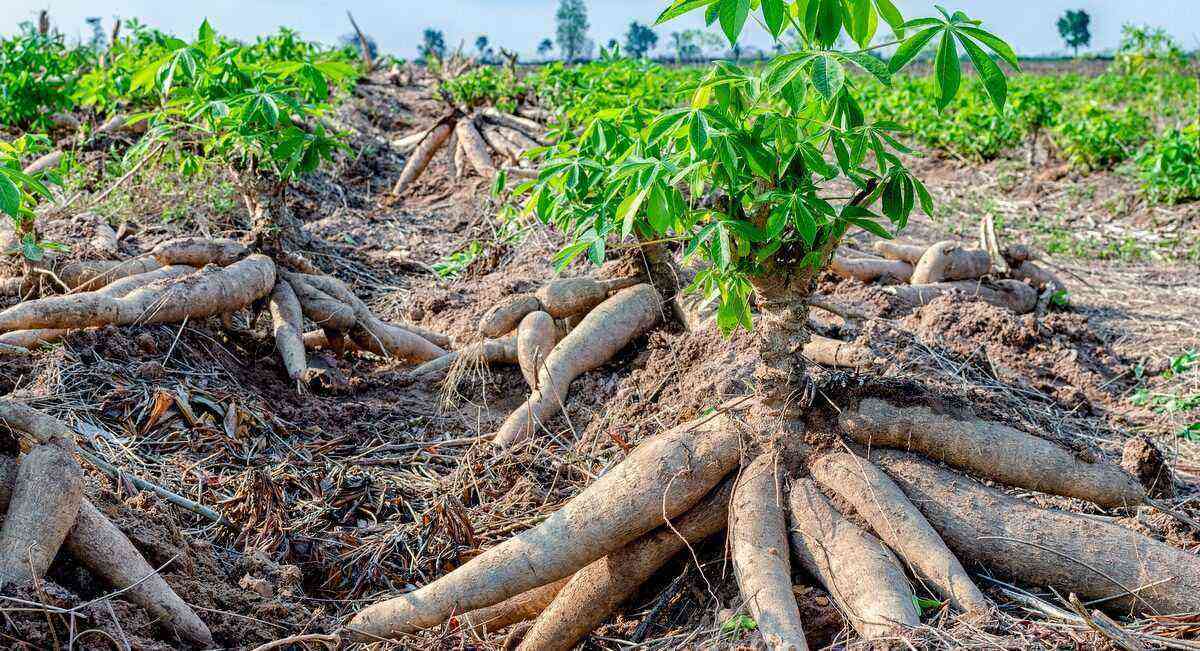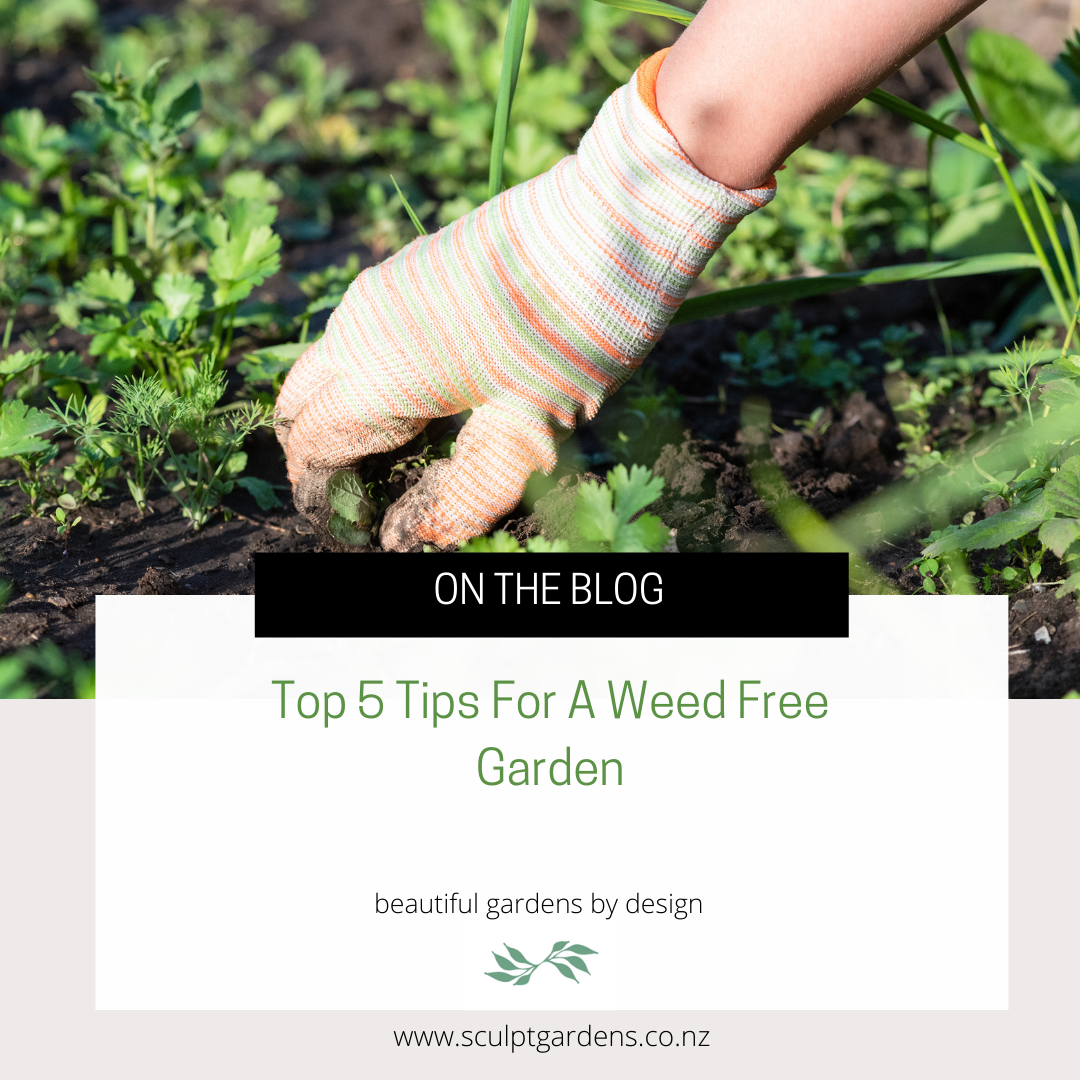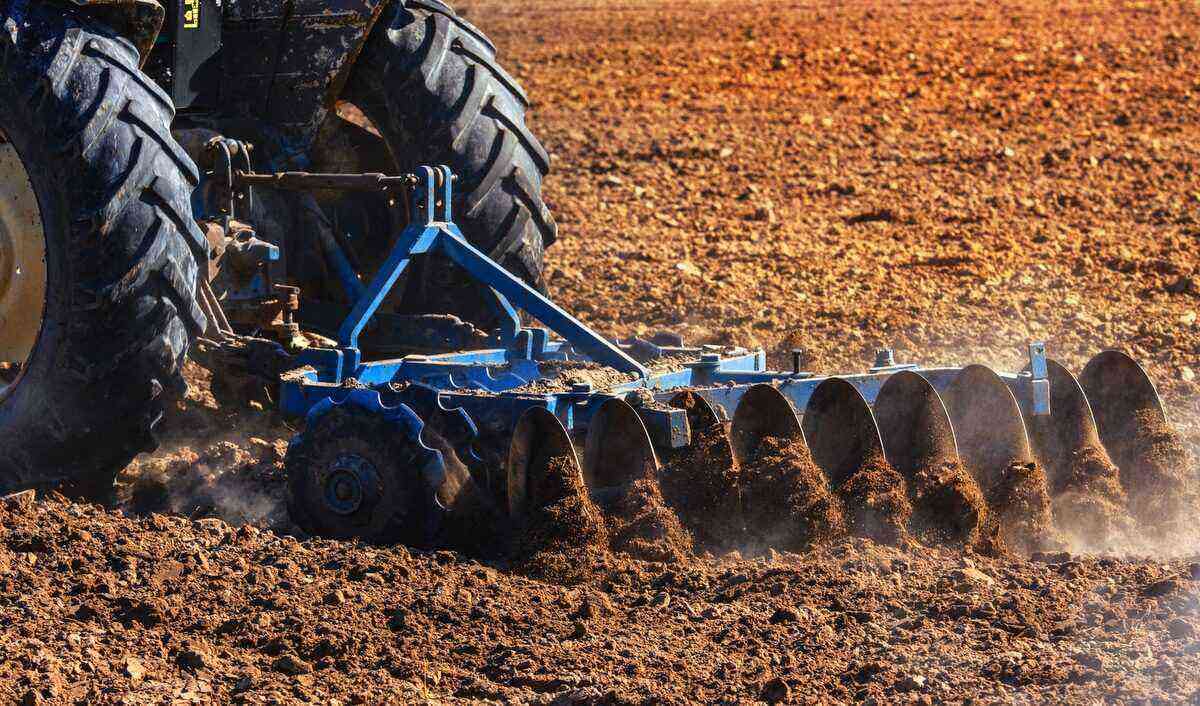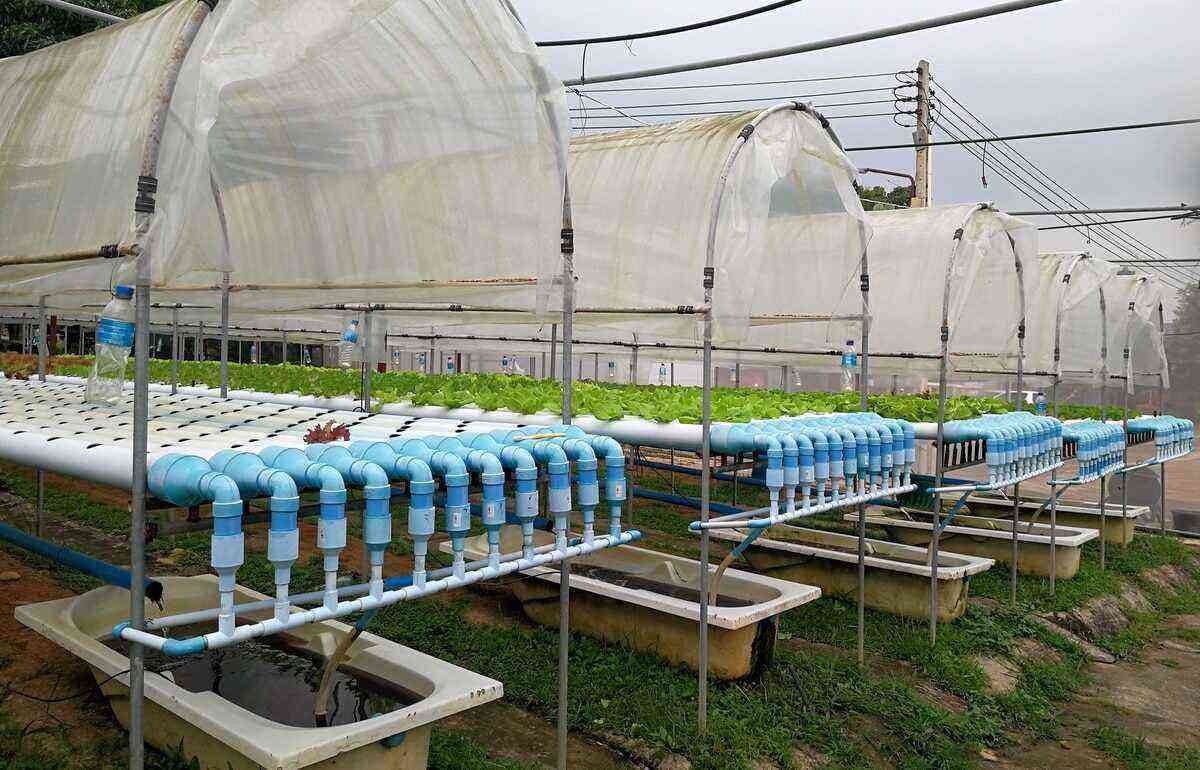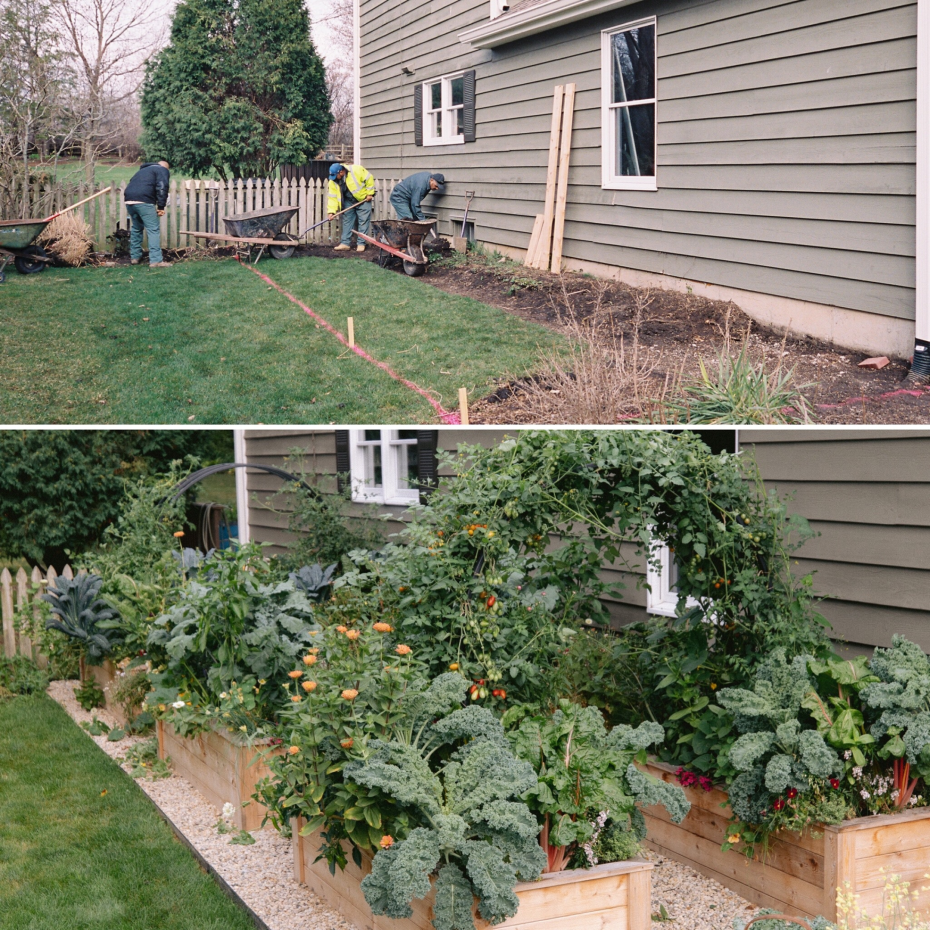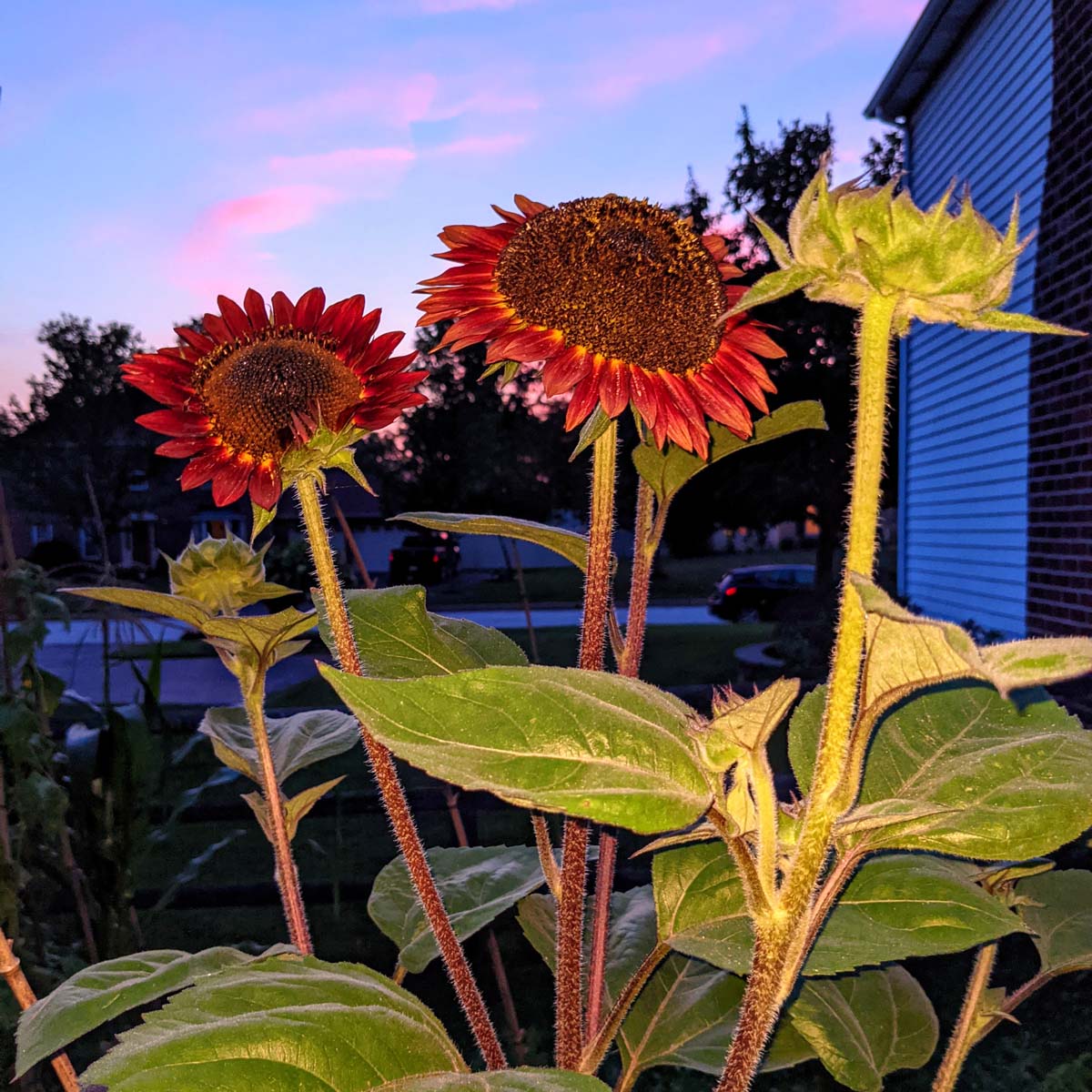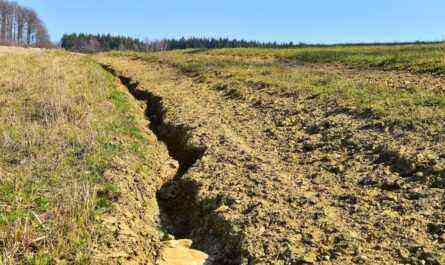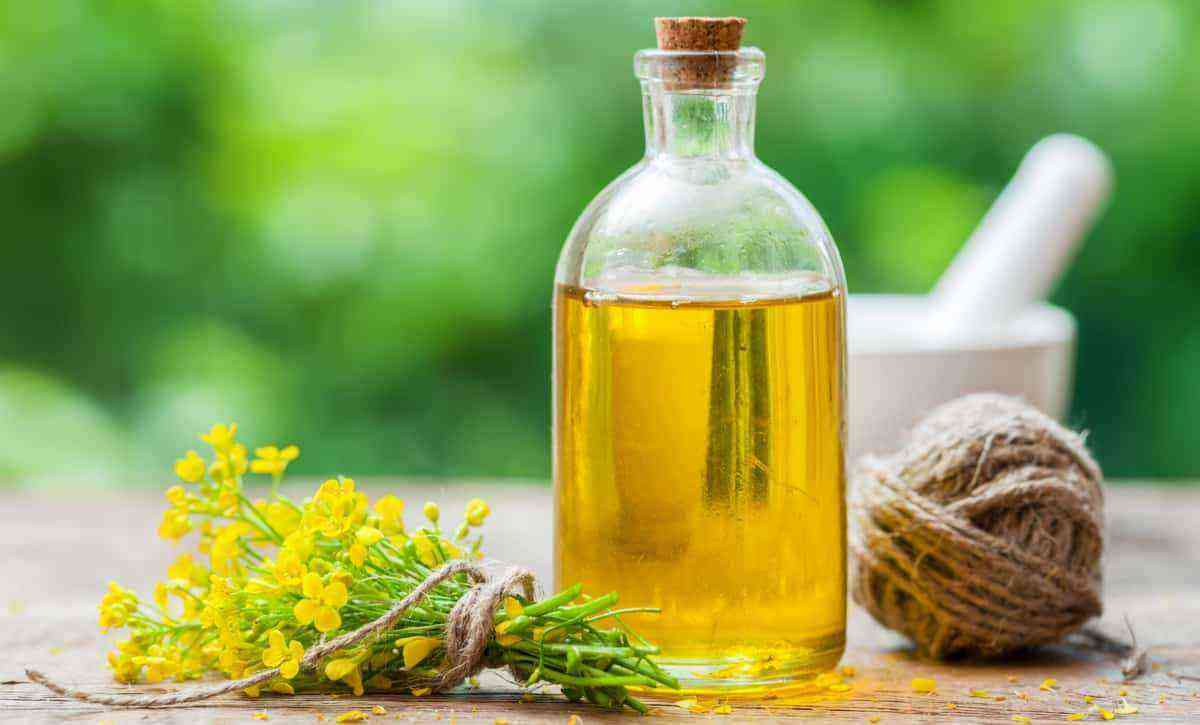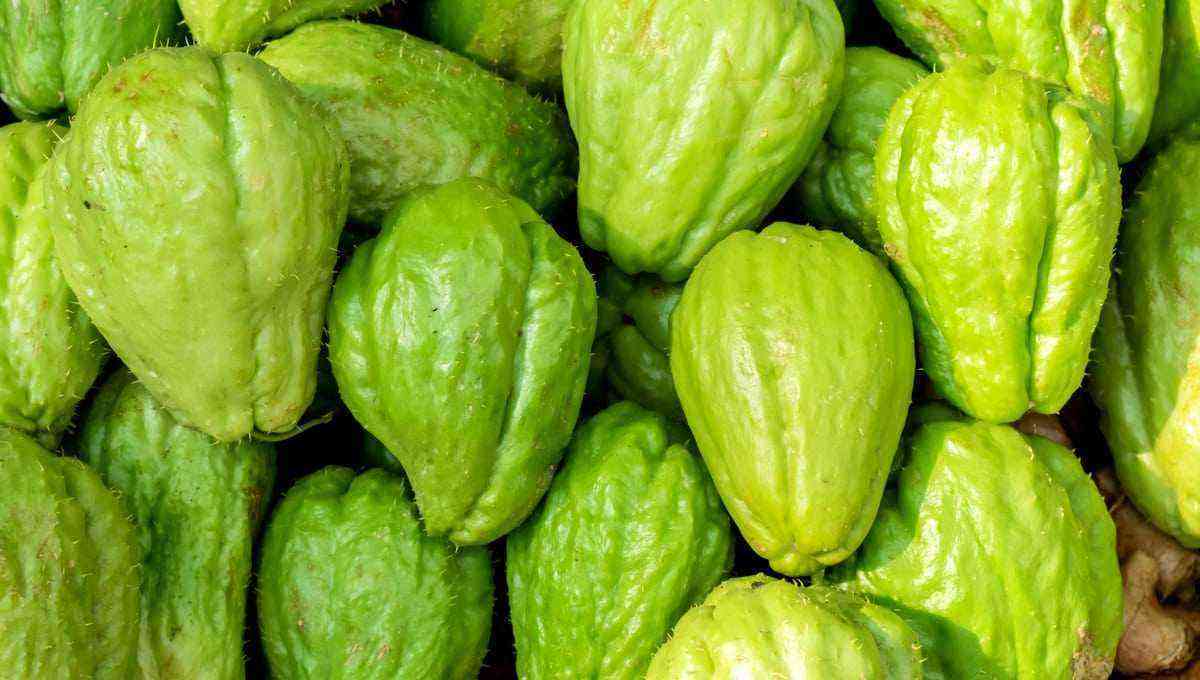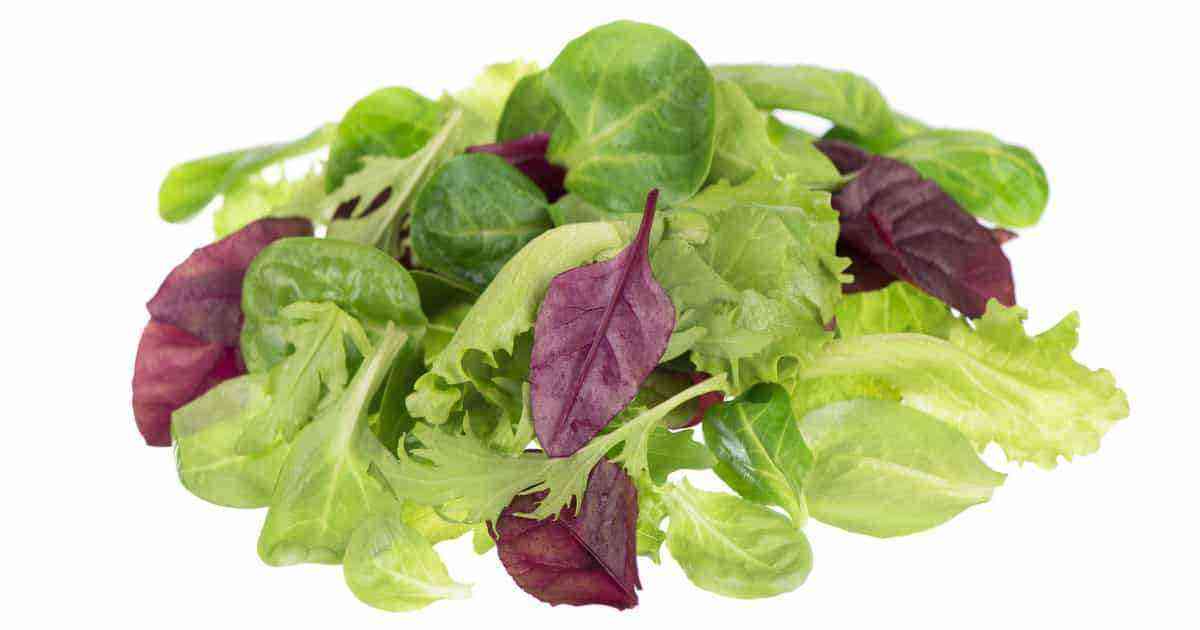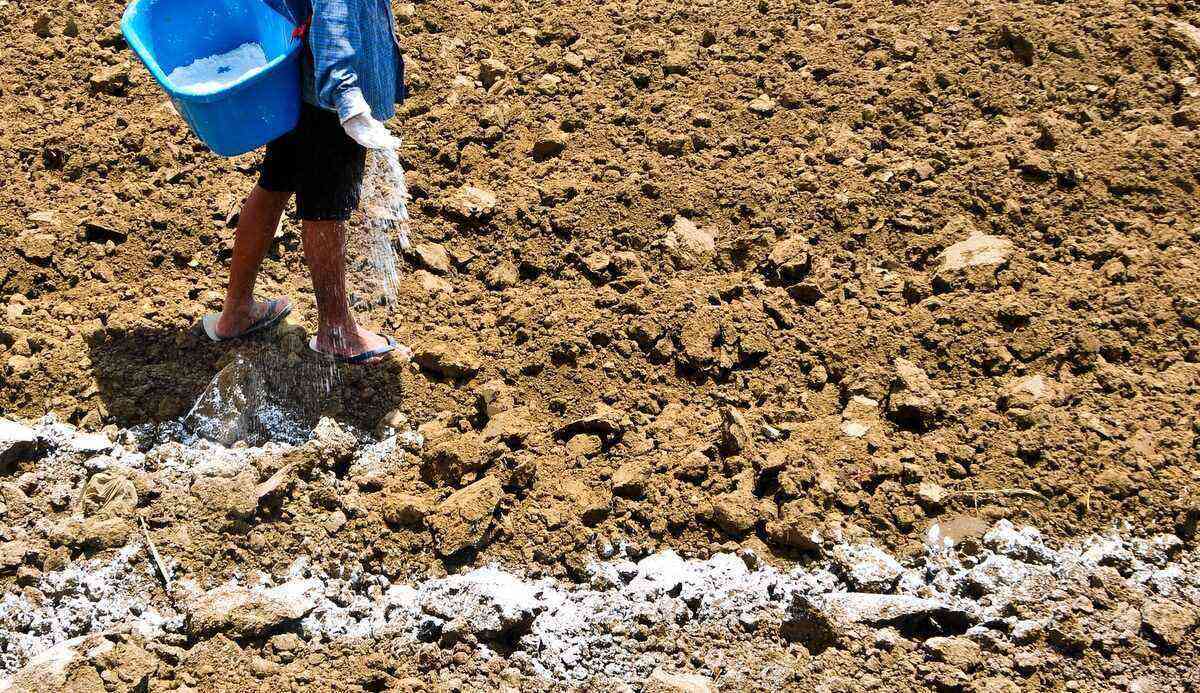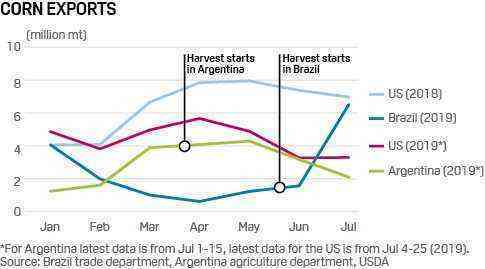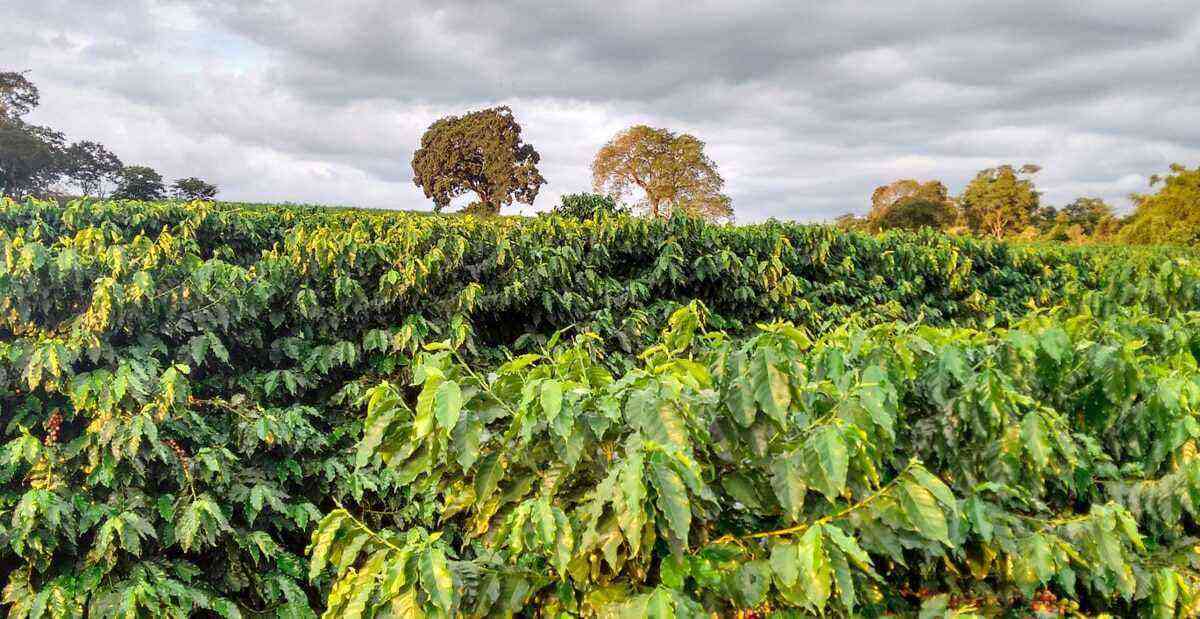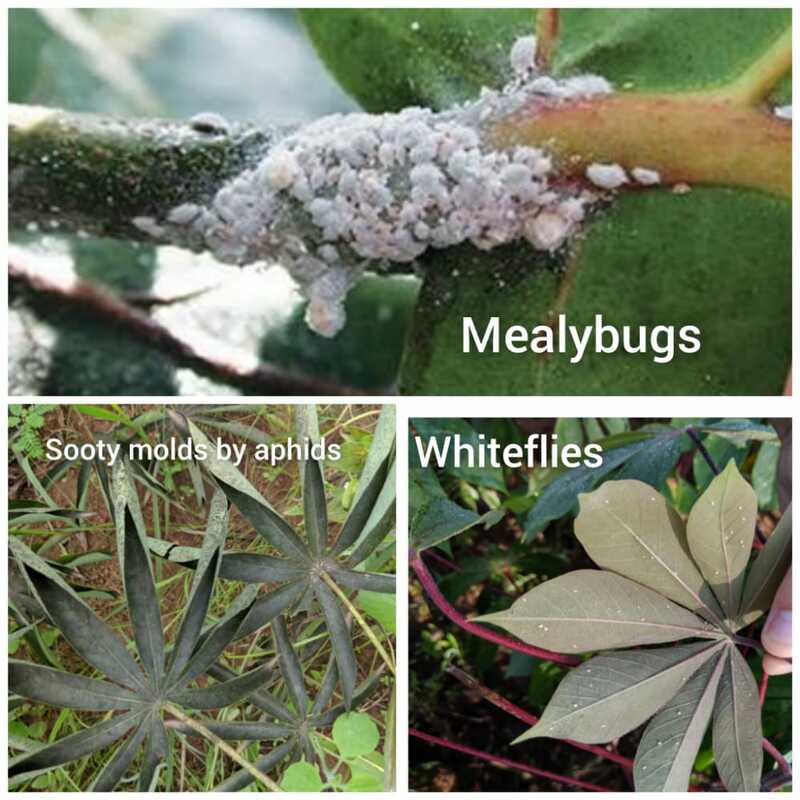The farmer invests in machinery, hires labor, buys inputs and works hard to ensure a good harvest. But, he needs to prepare himself to face “small enemies” that enter the farms without opening the gates and can literally corrode the entire crop: the agricultural pests.
This problem generates great damage to the rural producer. Soybean rust alone, for example, can generate losses of up to R$ 12 billion to Brazilian farmers, according to the National Agricultural Society (SNA).
Therefore, the best thing to do is to look for smart ways to prevent pests, reduce the population of these organisms in crops and adopt sustainable control practices.
In this article, you will check out the main recommendations to deal with agricultural pests properly and thus increase the chances of success in your production!
What are agricultural pests?
First, it is important to understand what exactly an agricultural pest is. We can say that they are basically organisms that cause damage to your crop, such as diseases (caused by fungi, bacteria and viruses), insects and weeds.
How do they arise?
Have you ever wondered why they develop? Understanding this process is the principle for understanding prevention and control mechanisms.
You must have already noticed that, in a natural environment, plants coexist with other beings in a peaceful way, because there is an ecological balance. We can say that all insects and microorganisms have their own predators and this guarantees that no species will proliferate in a disorderly way.

Agricultural pests cause a lot of damage to crops. Whole leaves can be consumed in a short time.
Farming, however, is not a natural environment. Often, plants are outside their original habitat, in soil and climate conditions very different from what their biological constitution is prepared for. In some situations, the luminosity, air humidity, level of irrigation and the nutritional status of the soil are not appropriate for that crop.
There are other adverse issues that can further worsen the life of the plant: scarce or excessive rainfall, temperature peaks and many other aspects that are beyond the control of the farmer. In this way, the plant becomes fragile and vulnerable to pest attacks.
Another important factor is the aspect related to ecological balance. In monoculture, for example, the cultivation of a single species becomes a full plate for insects that feed on it. Without the presence of a natural predator, pests proliferate in a sovereign way.
How do they work?
The way pests act on the crop varies greatly depending on the type of agent and the species of the plant. Thus, each crop will have specific pests that attack one or more types of crops.
For example, fungi such as Puccinia psidii in jabuticaba cultivation, they usually attack the leaves, stems and roots, causing stains and even rot.
Insects can cause direct damage (feeding on the fruit to be harvested) or indirect (devouring parts of the plant that prevent or hinder its development). This is the case of the coffee berry borer (Hypothenemus hampei), which perforates the grain and reduces its weight, reducing the commercial value of the product.
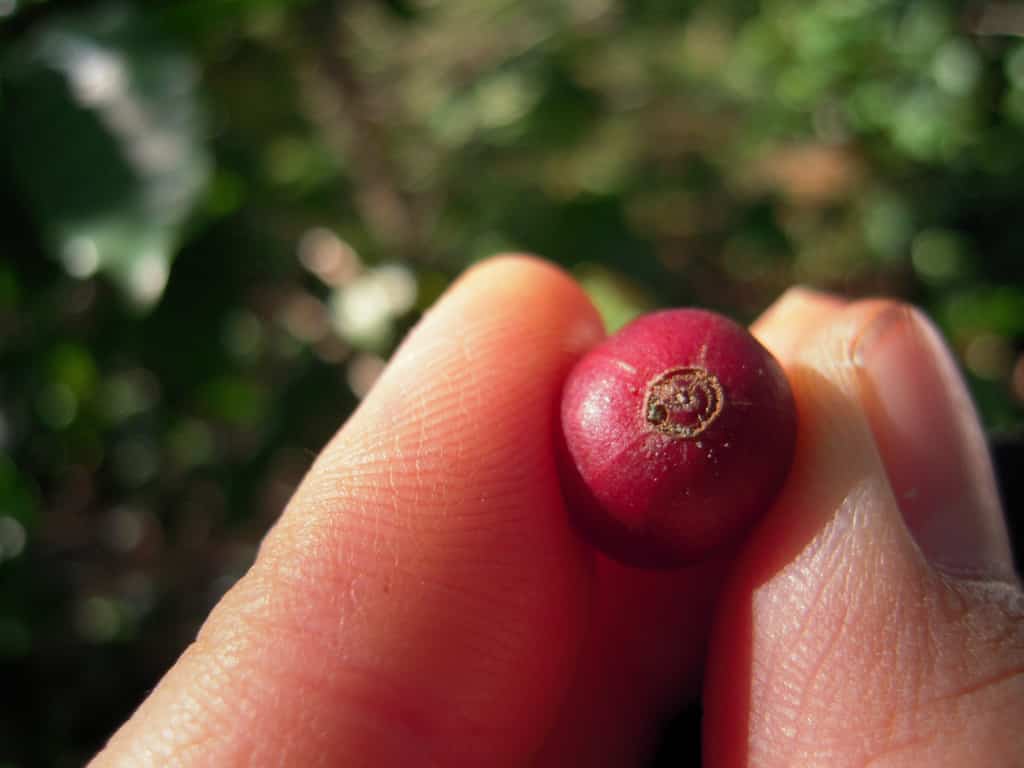
The coffee berry borer attacks the fruit at any degree of maturation, causing a reduction in the weight of the crop and even the rotting of the beans.
To defend against these enemies, it is necessary to know how they act. So, let’s present the main pests existing in Brazil today.
Do you know what are the main types in the country?
According to Embrapa, between 2006 and 2016 alone, 35 new agricultural pests appeared in the country. However, there are also around 500 who have not yet crossed the border, thankfully. This means that the number of enemies in the field is large, but it is possible to delimit a group that is more recurrent and difficult to eliminate. It is about these insects and fungi that we will now talk!
Helicoverpa armigera
A Helicoverpa armigera is a very destructive caterpillar that attacks several crops, but greater damage has been observed in corn, cotton and soybean crops.
They enter through the aerial structures of the plant, such as leaves, flower and fruit. Their larvae damage the plant at any stage of development, feeding on flowers, branches and even seed capsules.
coffee borer
The coffee berry borer (Hypothenemus hampei) is present in coffee plantations around the world. The insect attacks the fruit at any degree of maturation. It pierces the grain and can make it lose up to 21% of its weight.
white mold
White mold is a disease caused by the fungus Sclerotinia sclerotiorum, which mainly affects grain crops, such as beans and soybeans, but can also affect several other crops, such as vegetables, tomatoes, cotton, sunflowers and potatoes. There are records of more than 400 host species.
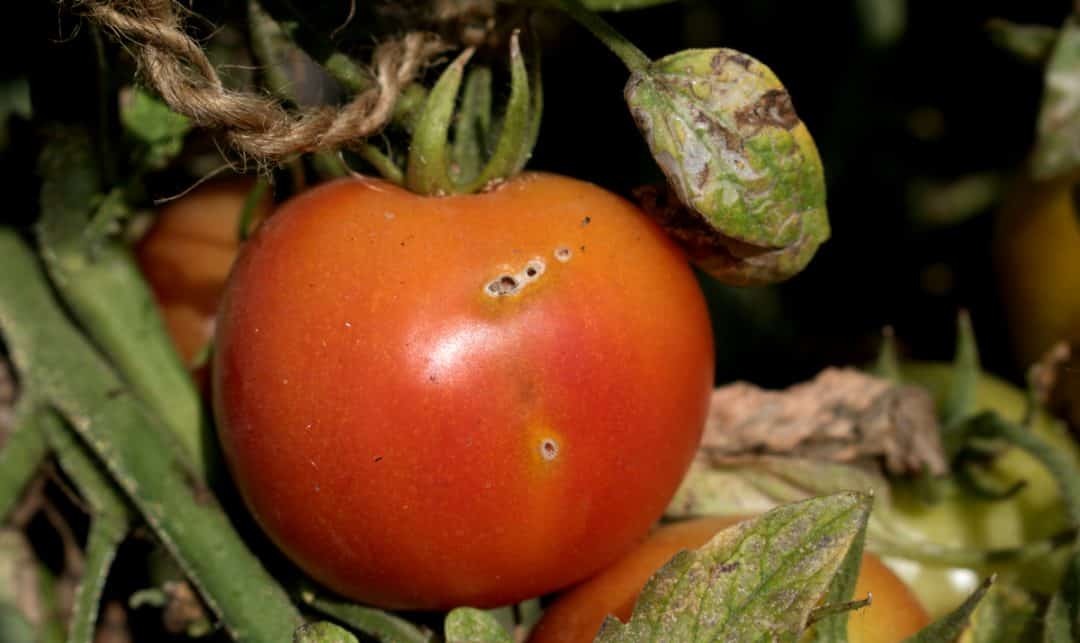
Tomatoes are one of the crops that most suffer from pest attacks.
It is a very dangerous pest. In soybeans, for example, it can generate losses of up to 70% in productivity. In addition, it is very resistant, because it can remain in the soil for several years, just waiting for the next crops.
Cochonilhas
Mealybugs are insects of the Hemiptera families. They cluster in fruits, roots, leaves and branches of different plants. There are several species of mealybugs and, therefore, they can have different shapes, colors and sizes.
The insect sucks the sap from the plants and injects a toxin that causes damage. In pineapple, for example, it causes what we know as “pineapple wilt”. It also attacks avocado, peanut, potato, corn, coconut, rice, banana, among others.
fruit fly
A anastrepha attacks mainly fruits that are exposed to the sun, such as papaya, pear, plum, passion fruit, apple and citrus. The systems are very characteristic: a ring about 2 cm in diameter around the place where the fly laid the egg.
The place takes on a brownish color, rotting and giving conditions for the emergence of some fungi. It attacks ripe or unripe fruits.
Mites
Mites are arachnids that represent important agricultural pests for different crops. As phytophagous, they feed on plant parts, from leaves to roots.
These insects attack strawberry, soybean, corn and many other crops. Among the main symptoms of the attack are chlorosis, leaf spots, wilting, atrophy and tanning.
There are several species of mites, such as:
- spider mite (Tetranychus);
- false rust mite (Phyllocoptruta oleivora);
- two-spotted spider mite (Tetranychus urticae);
- red mite (Tetranychus cinnabarinus);
- yolk mite (Eriophyes sheldoni), known as the citrus pest.
soy rust
Soybean rust, also called Asian rust, is caused by the fungus Phakopsora pachyrhizi. As the name implies, it is widely found in soybean crops, being easy to spread through the dissemination of spores in the wind.
How to prevent this problem?
As we have seen, the proliferation of the pathogen in the crop often happens due to the lack of an ecological balance in the region. Thus, there are sustainable techniques that try to reproduce these conditions that are more favorable to the plants and unfavorable to the causative agent. Some examples are:
- Choosing the right time for sowing and harvesting: in some cases, anticipating or delaying operations can help the farmer avoid seasons of higher pest incidence;
- Soil erasure and harrowing: these are operations that can destroy the habitat of harmful insects that are on the ground;
- Crop rotation: when the pest’s host crop is removed and a new agricultural variety is planted, the rural producer manages to cut the pest’s permanence in the field;
- Weed elimination: these plants serve as alternative hosts and become a refuge for many pests between seasons. Therefore, they need to be eliminated.
What are the best treatments?
When the pests have already established themselves in the crop, it is necessary to seek specific treatments to end the infestations. To have good results, it is of great importance:
- Know the characteristics of the pest
- Use appropriate techniques and products
- Start measures before any economic damage is achieved
The rural producer can resort to three categories of control, in addition to the preventive measures mentioned above.
chemical control
The use of pesticides in farming is one of the most used and most efficient measures as well. They are able to eliminate the pathogen and have a very fast action. Be sure to use products registered by the Ministry of Agriculture, following the recommendations of an agronomist.
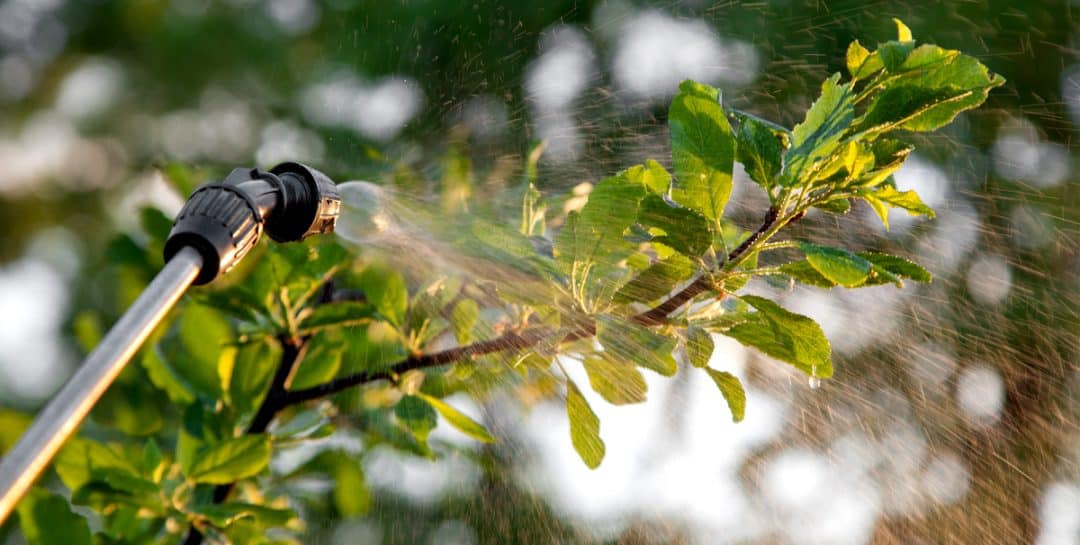
The use of pesticides is one of the most efficient measures to control pests.
organic control
In organic agriculture, pesticides cannot be used. Therefore, it is important to use natural or organic products to control infestations. For example, there are many syrups and plant extracts that give good results. It is the case of:
- Cinnamon (Melia sourach)
- Losna (Artemisia absinthium)
- Rue (Route graveolens)
- Smoke (No.icotiana tabacum)
There are studies, for example, that prove the efficiency of the application of extracts of rue, comfrey and lemongrass in the control of the passion fruit caterpillar (Dione juno juno).
There are still homemade options, as in the video below, for the control of whitefly, aphids and trips.
Source: Family Agriculture and CIA
physical control
Physical control is the measure that tries to prevent pests from accessing the crop or create adverse conditions for the pathogen to remain. Among them, we can highlight:
- Temperature control: especially in the storage of grains and fruits, in environments above 45 °C or below 4 °C, which kills or prevents the development of some organisms;
- Physical barrier: makes it difficult for the insect to access the crop or the fruit, such as screens or packaging in the fruit.
How can technology be your ally against these enemies?
It is always interesting to highlight how technology has been an important ally for the farmer, especially in monitoring and combating these pests. Application technologies have evolved to ensure more efficient spraying, distributing the product evenly in locations mapped by telemetry.
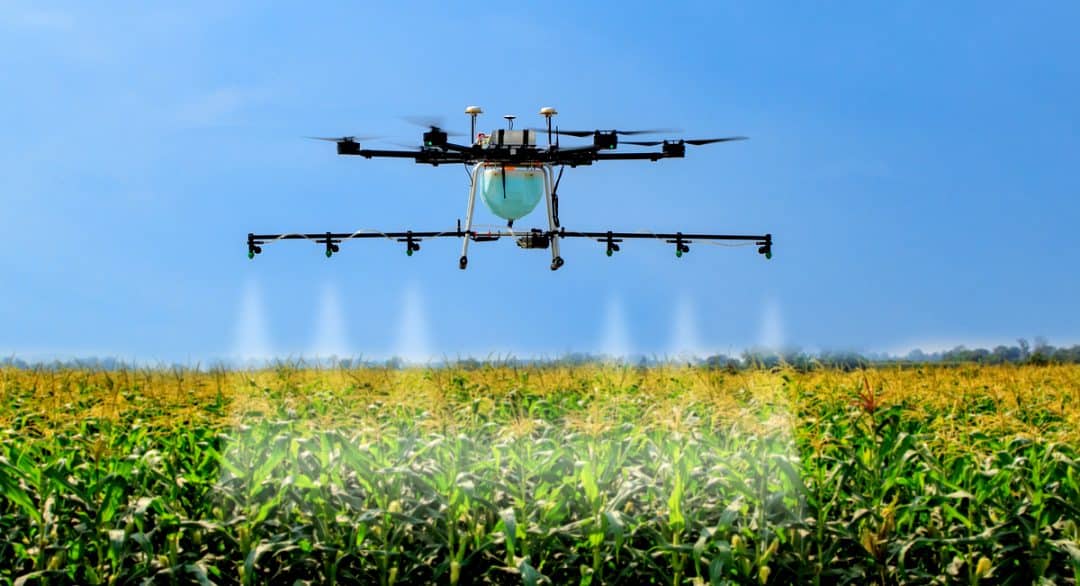
Spraying, using drones, has helped to control agricultural pests.
Even drones are used to spray crops, especially in areas that are difficult to access and do not crush the crop at the time of application of the product. In addition, mechanization contributes to faster operations in medium and large crops.
See the article below about the use of drones in spraying and combating agricultural pests.
Source: Agricultural Valley
Agricultural pests are great villains of world agribusiness. However, there are many practices, products and technologies that form a powerful arsenal in the hands of the farmer. Even in organic agriculture, it is possible to have excellent results to guarantee a nutritious, safe food that is increasingly economically attractive to the final consumer.
Did you like this article on how to control agricultural pests in your farming? To learn more, visit our blog and read about the consequences of inappropriate insecticide use. Enjoy!
